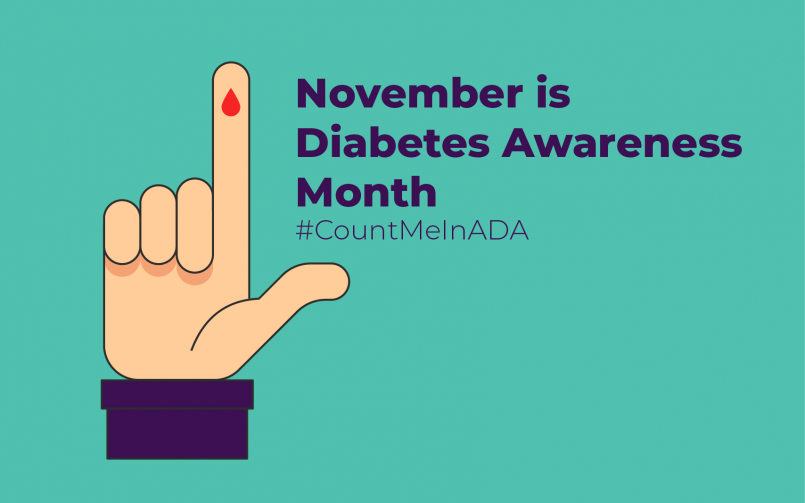
Diabetes Awareness Month
Understanding Diabetes
Diabetes puts people at risk for nerve damage, cardiovascular disease, foot and limb injuries, vision problems, and other complications that arise from having uncontrolled blood sugar, as the U.S. National Library of Medicine’s MedlinePlus guide cautions. Not to mention, diabetes raises a person’s risk of developing serious COVID-19, the respiratory disease caused by the novel coronavirus, per the CDC.
That’s why understanding diabetes and how to manage it is more important than ever. Also known as diabetes mellitus, it’s actually a group of metabolic disorders that cause your blood glucose (sugar) level to be higher than it should be and therefore prevent your body from properly using energy that comes from food and beverages, per the Cleveland Clinic. The major types of diabetes include:
Type 1 Diabetes An autoimmune disorder that typically begins before adulthood, in which the immune system destroys cells within the body that make insulin, a hormone that regulates blood sugar
Type 2 Diabetes A disease that usually begins in middle age, which results when the body isn’t able to use insulin properly in order to regulate blood sugar
Gestational Diabetes A condition during pregnancy in which the body doesn’t use insulin properly, similar to type 2 diabetes
Up to 95 percent of cases are type 2 diabetes, and most of the rest are type 1 diabetes.
Even more important than knowing the statistics about diabetes is understanding the numbers used in its diagnosis and how they apply to you. According to the Cleveland Clinic, you could be diagnosed with a version of the disease if:
- Your blood glucose after fasting (and before a meal) tests at 126 milligrams per deciliter (mg/dL) or higher.
- Two hours after eating a meal your blood glucose is 200 mg/dL or higher.
- You receive a result of 6.5 or higher on the hemoglobin A1C test, which shows how much glucose has attached to the hemoglobin in your red blood cells, on average, over the past three months.
Or you may have prediabetes if your fasting blood glucose is 100 to 125 mg/dL; your glucose after a meal is 140 to 199 mg/dL; or your A1C is in the range of 5.7 to 6.4.
The CDC estimates that 84 million people have prediabetes, and 84 percent don’t know they have it.
https://www.everydayhealth.com/diabetes/awareness-month/
You must be logged in to post a comment.